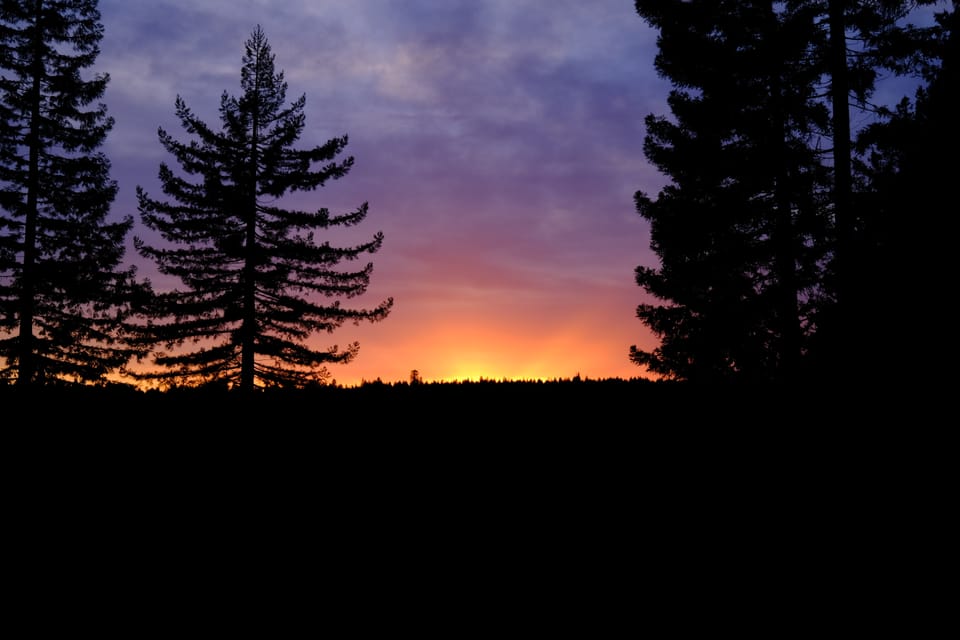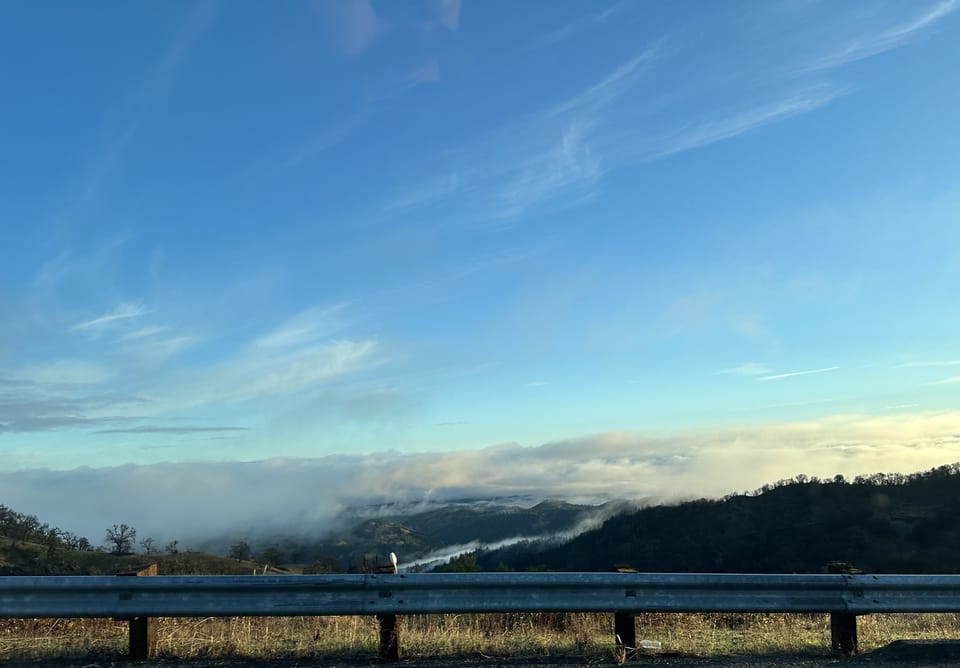New post, who dis?

A frequent topic
As we briefly covered in the last issue, there was a lot going on in Oklahoma. Naturally, there were warnings, TV coverage, radio coverage etc., but some people were still unprepared (link to the tweet if you want it).

This event highlighted (again) the difficulty of communicating weather hazards. There’s of course the push side (my unofficial term), where you have the NWS, TV meteorologists, radio meteorologists, etc. informing the public of the hazards. This is often called messaging.
The other part of this is the receiving side (again, my term). It’s how people consume and process the messaging. People assess risk differently, which makes messaging difficult. For example, some people might hear “tornado watch” and ignore it, and some people might get under cover immediately. This is pretty simplified but you get the idea.
The WeatherBrains podcast covered this (again) on Monday. They start talking about it around the 1:06 mark, and do a much better (and more detailed) job of explaining the challenges.
Some additional coverage on the Oklahoma event if you’re interested: WaPo article, graphic that shows the dip and then rise of pressure as the tornado in Norman, OK went through).
This is also a good time to remind you to get a weather radio. We spoke about those before!
One of the reasons I do this newsletter
Weather impacts us all. We often think a storm is done after it passes us by, but that’s not really true.
This is a very powerful storm system crossing the country.
— Matthew Cappucci (@MatthewCappucci) 6:41 PM ∙ Mar 1, 2023
It already dumped 3-5 feet of snow in the Sierra Nevada.
Now it's sparking severe weather, could break air pressure records, will bring record warmth to eastern U.S. and end as a snowstorm.
On a lighter note
It’s true fam, yum.
Did you know raindrops aren't shaped like teardrops but more like hamburger buns? 🍔
— MyRadar Weather (@MyRadarWX) 3:59 PM ∙ Feb 27, 2023
gpm.nasa.gov/resources/stud…
It sort of snowed a lot again
So we’re talking about it again. It’s honestly been hard keeping up on the totals, both when and where the came in. Below are a few updates, but even these might be outdated already.
Here’s a look at the current year compared to 1982-1983. Or in the SF Chronicle if you prefer.
We are on track with the top 2 snowfall seasons of the last 53 years, 82/83 & 10/11. The next two months will be interesting. We need another 212" to be #1, but we'll still be well short of the 800" during the 51/52 season.
— Tahoe Weather (@TahoeWeather) 4:40 PM ∙ Feb 27, 2023
Here’s another look, but split across the northern, central, and southern Sierras.
The CA snowpack continues to impress with the Sierra currently at 181% of avg for this date, and 156% of the April 1 avg, when the snowpack typically peaks. AND according to our friends at @NWSSacramento, @NWSReno, @NWSHanford, the next 2 days will add feet of new snow. #CAwx
— NWS California-Nevada RFC (@NWSCNRFC) 7:20 PM ∙ Feb 27, 2023
And a third look, but at the UC Berkeley Central Sierra Snow Lab. That’s like, a lot of snow.
To recap at @UCB_CSSL:
— Rob Mayeda (@RobMayeda) 7:11 PM ∙ Mar 1, 2023
Average Snow Total: 360” 30 feet
2022-2023 so far: 531” 44 1/4 feet
Also looking more likely CSSL will pass the 2017 season by next week. #CAwx #Sierra https://t.co/HeIrndIUgm
But, it looks like we’re starting to catch a break.
As clouds finally clear this AM over NorCal, the remarkable extent of low-elevation snowpack (down to 1,500 feet or lower) is readily apparent. The blue lines represent my approximate estimate of current snow extent in NorCal (SoCal still cloud covered). #CAwx #CAsnow
— Daniel Swain (@Weather_West) 5:54 PM ∙ Mar 1, 2023
Latest offices hours with Daniel Swain
You can find them over on YouTube. He went into some more detail on the recent low-level snow among other things.
How the pattern of trends across the tropical Pacific Ocean is critical for understanding the future climate
Yes, that’s a long title but it’s a pretty cool article. There’s an intro section and then the rest of it follows a Q&A format.
Some other weather podcasts if you’re interested
I mentioned WeatherBrains earlier but there are more!
It’s National Weather Podcast Month! Shout out to some active independent shows:
— Storm Front Freaks Podcast “⭐️⭐️⭐️⭐️⭐️” (@stormfrontfreak) 2:10 PM ∙ Mar 1, 2023
@weatherbrains @CarolinaWxGroup @GirlsWhoChase @ChaserChat
What other independent weather podcasts do you listen to?
Happy meteorological spring!
That’s right, it’s today. See you next time.
Weather Feed is a reader-supported publication. To receive new posts and support my work, consider becoming a free or paid subscriber.



